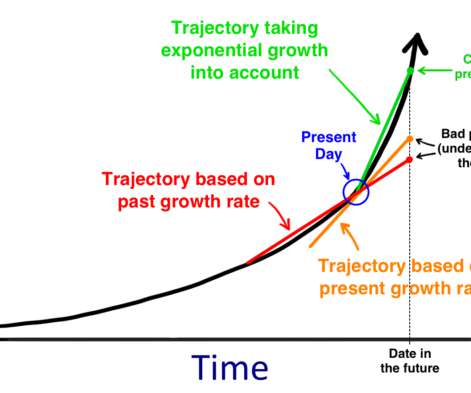Why Has Seed Investing Declined? And What Does this Mean for the Future?
Both Sides of the Table
FEBRUARY 12, 2019
Between 1999–2005 the costs went down by 90% and between 2005–2010 they went down a further 90%. And with so many new funds in the market and looking to put capital to work it’s no surprise that there was an even bigger boom in the numbers of deals being funded in the early-stage markets.







































Let's personalize your content